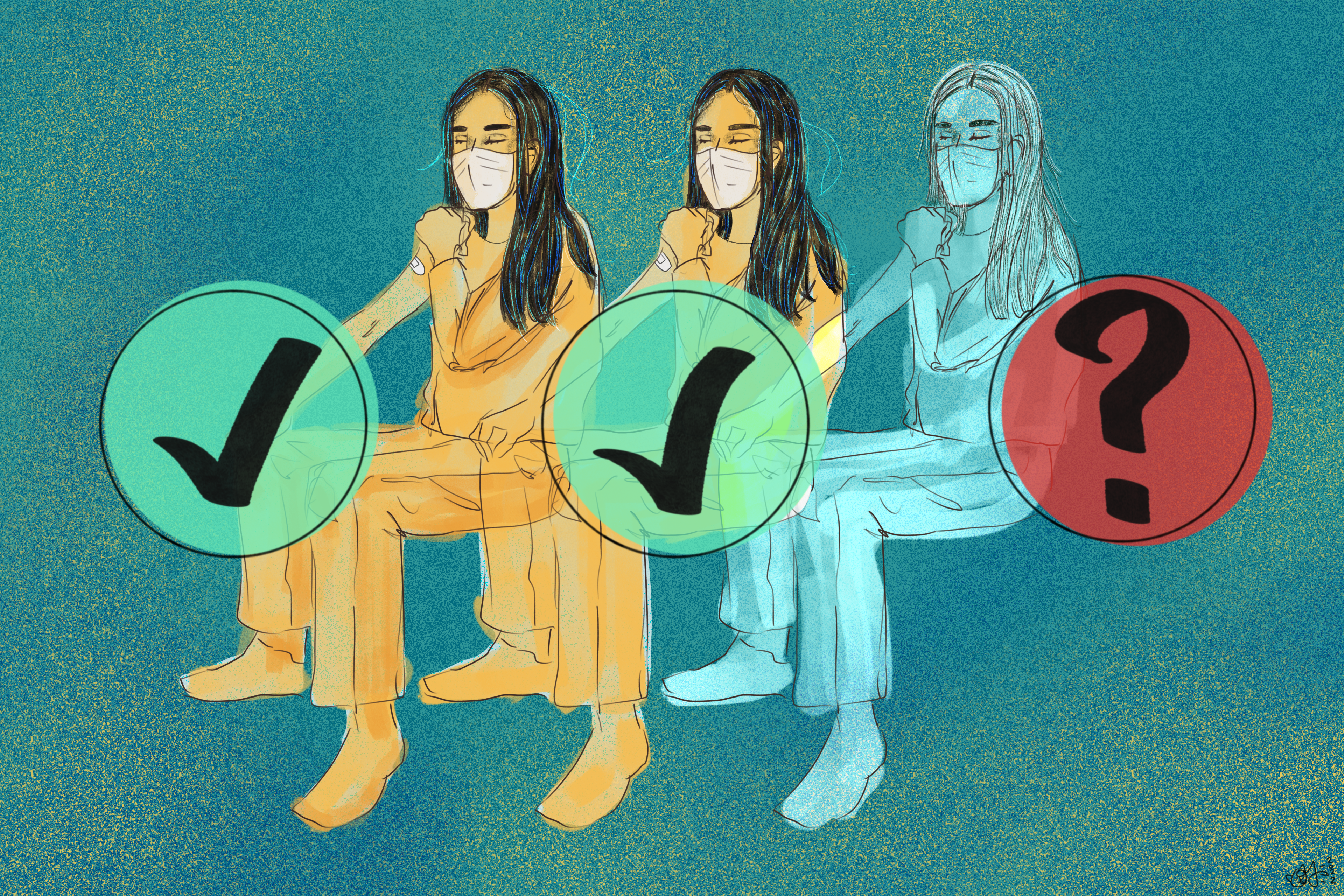

When covid-19 vaccines first became available, Native Americans acted swiftly and with determination to get their boosters shots — as though they had everything to lose.
Covid hospitalization and death rates for American Indians and Alaska Natives had skyrocketed past those of non-Hispanic whites. Leveraging established systems like the Indian Health Service and tribal organizations, Native Americans urgently administered vaccines. Data from the Centers for Disease Control and Prevention showed they achieved the highest vaccination rates of any race or ethnicity.
Yet, tribal health officials said, they eventually ran up against the challenges that broadly stalled the U.S. vaccination campaign, particularly in persuading people to get booster shots.
Nationally, 72% of American Indians and Alaska Natives of all ages had received at least one dose of a covid vaccine as of March 28, and 59% were fully vaccinated — having received two doses of Moderna’s or Pfizer-BioNTech’s vaccine or one dose of Johnson & Johnson’s. A much smaller share had received booster shots — 44% of fully vaccinated Native Americans ages 12 and up, below the booster rates for whites, Asian Americans, and Native Hawaiians and Pacific Islanders.
Tribal health experts say data problems may be partly to blame, but there are other factors. It’s proved more difficult in recent months to find shots and book appointments. Some people weren’t convinced about the value of a third shot, a hesitancy fueled by evolving scientific understanding of the virus and a distrust of the federal government entrenched in tribal communities.
“Sometimes I think the people I talk to see it as, ‘Hey, we got our first and second shot. You guys have told us that’s what we need, and we’re going to be OK,’” said Angie Wilson, who until recently served as tribal administrator of the Reno-Sparks Indian Colony, a federally recognized tribe in Nevada with about 1,200 members.
Reno-Sparks provides a glimpse into what it takes to increase vaccinations. Before the omicron variant arrived in early December, vaccinations had plateaued, and many members were expressing apathy about getting additional shots, she said. After omicron caused a sharp rise in cases, Reno-Sparks mandated that its employees be fully vaccinated and boosted. It also used money provided by the American Rescue Plan Act to offer cash to members: $1,000 for getting the initial doses and $500 for a booster, regardless of whether they lived on or off the reservation.
Those incentives and rising counts of breakthrough infections sparked renewed interest and persuaded roughly 130 people to get boosters within six weeks. Thirty-five percent of eligible Reno-Sparks’ tribal members had been boosted as of late March. The rates of first and second shots rose, too: 60% of members 5 and older had received an initial dose, while 56% were fully vaccinated.
The tribal land is in an urban area in Reno, and the reservation has a Walmart Supercenter. Nevada lifted its statewide mask mandate abruptly Feb. 10.
With precautions to limit covid’s spread falling by the wayside, tribal officials fear what any gaps in vaccination will mean for their communities. American Indians and Alaska Natives have been hospitalized for covid at three times the rate of white Americans and have died of covid at double the rate of whites, according to the CDC. Nationally, as of March 28, fewer than half of booster-eligible Native residents had received them.
“I can see where we’re heading, which is concerning,” Wilson said. “I worry about our tribal population, especially with our risk factors.”
The challenges were evident even before the FDA authorized a second booster dose of the Pfizer-BioNTech and Moderna vaccines for anyone 50 or older and certain immunocompromised people. Tribal members and health experts see several reasons that booster rates have not been higher, despite employing more aggressive vaccination measures than surrounding states and counties.
Virginia Hedrick, executive director of the California Consortium for Urban Indian Health, said, “I do think that IHS really rose to the occasion when it came to the pandemic and vaccine rollout.” Still, “any time we have something change,” she said of the vaccine, “it raises questions for folks.”
In the fall, Hedrick said, her mother-in-law saw ads for booster shots all over the place but still couldn’t get an appointment. “There was a general sense of frustration,” she said.
Another problem, which likely masks the true share of Native Americans who have gotten booster shots: data inconsistencies. Race data on Native Americans has long been hindered by accuracy issues, including misclassifications of people. With covid vaccines, the CDC receives data from a hodgepodge of systems that generally don’t communicate with one another: state immunization registries, pharmacy chains, and federal vaccine providers, including IHS. And race and ethnicity information is missing from a significant share of vaccination records.
The agency acknowledges that it can overestimate initial vaccines given and undercount subsequent doses because the data does not include personally identifiable information. As a result, different doses may not be connected back to the same person.
If a Native American receives the first two doses through the IHS but gets a booster elsewhere, the booster dose could be misclassified as a first dose. Many instances of this could create the impression that booster rates among Native Americans are lower than they really are.
“The counting might get confused because there’s no central system,” said Dr. Meghan O’Connell, a tribal medical epidemiologist with the CDC Foundation who works at the Great Plains Tribal Leaders Health Board in South Dakota.
Accurate federal data is crucial for assessing Native American vaccinations because of the large role played by the IHS, a federal agency through which 355 facilities, tribal health programs, and urban Indian organizations received vaccine shipments. State-level data on vaccination does not include administered shots from all federal vaccine providers, including the IHS.
Native Americans get vaccinated in and outside of tribal health facilities, but access to IHS facilities can affect overall rates.
IHS publishes the number of vaccine doses that have been delivered and administered in 11 IHS areas but not the number of people per area who have received those doses. The lone exception is Alaska, where tribes received vaccines from the state.
“Something I’m very interested in is knowing how these rates may differ between tribal communities so that we can learn more about best practices,” O’Connell said.
IHS received $9 billion to respond to the pandemic, the bulk of it from the American Rescue Plan. It did not respond to questions about efforts to increase booster rates among tribal populations and whether they differed from outreach done to encourage people to get the initial shots.
When asked how often Native American vaccination data is checked for errors, CDC spokesperson Kate Grusich said the agency “regularly provides feedback on data quality” and works to remove duplicate or incorrect records. “This is an ongoing process and includes strategies to improve the accuracy of all COVID-19 vaccination related data, including race and ethnicity data,” she said in an email.
Agnes Attakai, a member of the Navajo Nation who lost six relatives to covid, got her first two vaccine doses easily, through a university drive-thru clinic. But when it came to her booster shot, she said, she had two options — CVS and Walgreens pharmacies, which had “a month- to two-month-long waits,” or her local public health department about 10 miles away. A resident of rural Pima County, Arizona, she chose the latter and got her shot in November.
Attakai, director of health disparities outreach and prevention education at the University of Arizona’s public health school, said she observed high uptake of booster shots. But there have been some clear differences compared with the early vaccine rollout.
Shots were “more accessible at the very beginning where there was a mass effort, a communitywide effort,” Attakai said. “When the boosters rolled out … [folks had to] actually find out where to get their booster shots and which was the closest location, when they were open. And, of course, some of them were open only during the daytime.”
The Navajo Nation, the largest tribe in the U.S., in January required its employees to get booster shots, building on an earlier mandate that they be fully vaccinated. As of March 4, 66% of Navajo Nation residents had received the first two doses, according to spokesperson Jared Touchin, above the U.S. rate at the time.
As officials brace for future covid surges, Wilson said tribal officials are trying to figure out how to best educate people on how to protect themselves. “If we don’t do that, I think that the issue’s going to be, ‘Well covid’s over, everything’s opened up, we don’t have to deal with this anymore, I’m back to living my life,’ without realizing that the danger is still there,” she said.
The hardship for the national pandemic response is that “there’s a validity in the fear in tribal communities,” Wilson said, “centered around the distrust of the federal government, rightfully so.”
more recommended stories
 High-Intensity Training and Oxidative Stress Insights
High-Intensity Training and Oxidative Stress InsightsNew Evidence Linking High-Intensity Training and.
 Perinatal Mental Health Challenges Highlighted in New Study
Perinatal Mental Health Challenges Highlighted in New StudyMental Health Challenges in New Parents:.
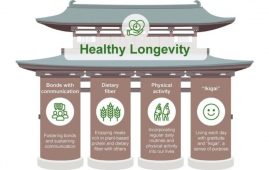 World Summit Outlines Core Principles for Healthy Longevity
World Summit Outlines Core Principles for Healthy LongevityWhy Healthy Longevity Demands a New.
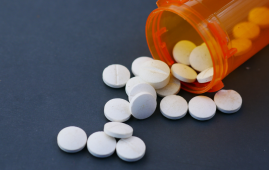 Cholesterol-Lowering Drugs May Help Reduce PFAS Levels
Cholesterol-Lowering Drugs May Help Reduce PFAS LevelsPer- and polyfluoroalkyl substances (PFAS) continue.
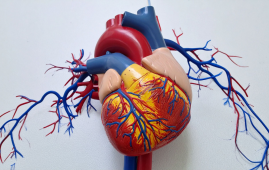 AI ECG Model Outperforms Standard STEMI Triage
AI ECG Model Outperforms Standard STEMI TriageNovel AI ECG Model Outperforms Standard.
 WHO and EU Strengthen Digital Health in Africa
WHO and EU Strengthen Digital Health in AfricaThe World Health Organization (WHO) and.
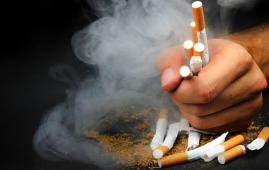 Quitting Smoking Slows Memory Decline, Study Finds
Quitting Smoking Slows Memory Decline, Study FindsQuitting smoking is linked to slower.
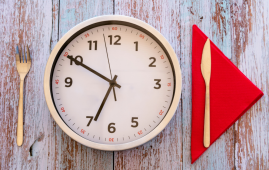 Breakfast Skipping Linked to Metabolic Syndrome
Breakfast Skipping Linked to Metabolic SyndromeBreakfast Skippers May Face Metabolic Consequences.
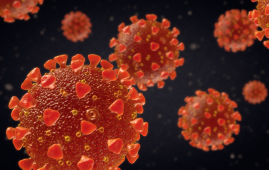 Study Reveals Cold May Impact SARS-CoV-2 Infection Rates
Study Reveals Cold May Impact SARS-CoV-2 Infection RatesThe Unexpected Protective Role of Rhinoviruses.
 Cancer Cells Learn to Self-Report: A New Frontier in Immunotherapy
Cancer Cells Learn to Self-Report: A New Frontier in ImmunotherapyHow a Drug Complex Enables Immune.

Leave a Comment